Culture
Papers and Tschai: A Journal-Customizing Journey
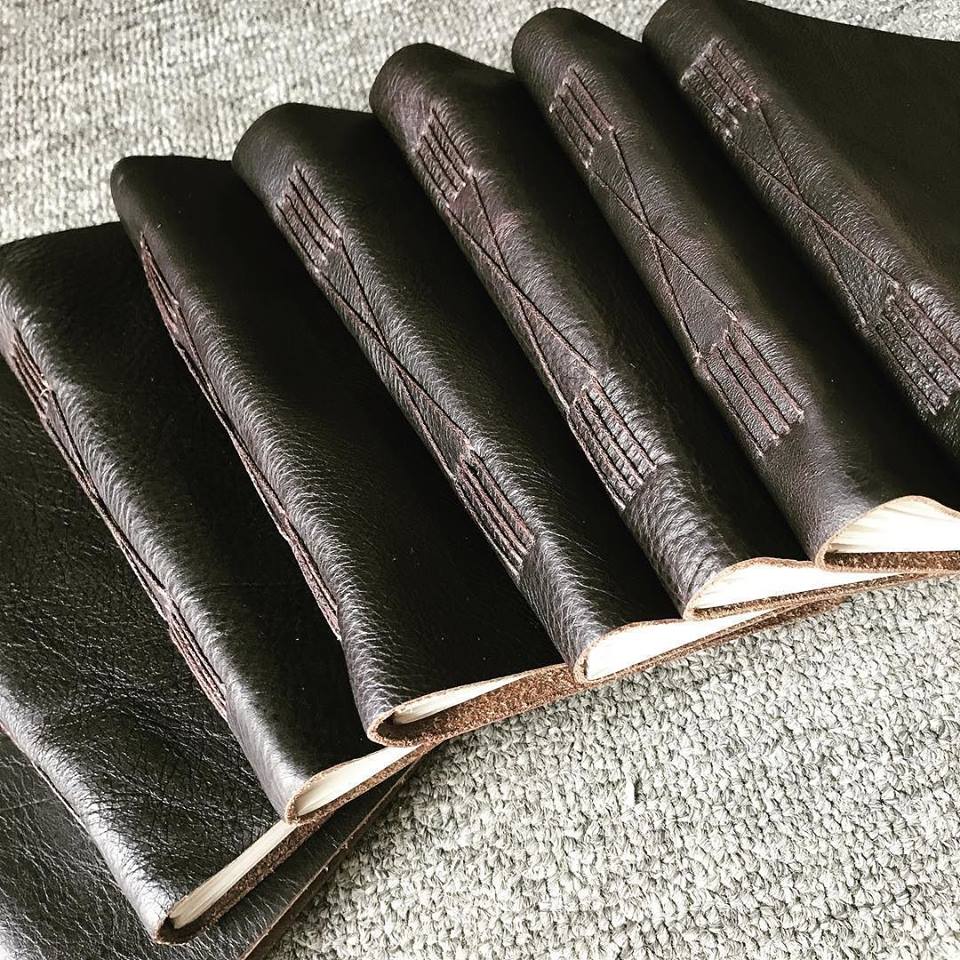
The advances of technology and social media hinder the wide use of journals and papers. We prefer writing our thoughts and create a thread of diary entries on the web.
Fortunately, some of us still find journals and planners useful. Our handcrafted pages filled up with colors and highlights glitter our busy schedules, and the smell of fresh pages still excite us.

Papers and Tschai offers medieval bounded journals.
Like many of us, we prefer specific journals to use. From page color, guide lines and cover, the combination of these always has to go together. Luckily, a local business that started from a hobby of customizing journals enlightens us that journals can be perfect the way we want to.
Papers and Tschai was founded and owned by Charo Lyn Roncesvalles or most commonly known as Tschai. This hobby of making journals started thirteen years ago.
“My main product is handmade leather journals. I hand stitch all the journals. After my first son was born, I had all the time so I had to make do of the materials and time and made journals for my friends,” Tschai says.
Tschai is a BS Architecture graduate and loved handcraft materials and journals ever since. “It slowly grew into me and over the years, it was just a hobby. I make journals as gifts for seasons like Christmas,” she adds.
The customizing business started with a simple thought that different types of people need different types of notebooks.
“People ask me why I don’t supply to bookstores and malls and I really tried to soul search if that’s really my market but after a few years, I realized that the edge of my products is I have the option to personalize the items for the specific person,” Tschai says.

Travelers’ notebooks are the refillable journals bounded by elastic bands.
Her stock items are rarely sold. Tschai states that people deserve the paper, leather and style that they personally want. Her leather journals come into two types—the medieval binding and travel notebook type.
Medieval binding is inspired by historically bound achieves. “Books now are glued but before pages were directly stitched to the material which is the leather. It is the sturdiest for archiving,” she says.
The travel notebook type, on the other hand, is the refillable notebook. Small ones of both types range from Php 650 to Php 850 and bigger sizes start from Php 1,200 and up depending on the type of paper and leather the customers prefer. Tschai gathers the materials around the city and over the years, she imported materials from Hong Kong.
“Maybe in five years time, I want to make a shop where people can visit and it will be like an art bar,” she envisions. “They can go there, get my journals, they can have journals made there as well where they can choose the paper and cover,” Tschai continues.

Tschai also envisions to collaborate with different local artists with the same passion and goals– to create and customize journals.
In her future art bar, she also envisions helping other artists, women and people with a hobby of handcrafting.
“I want to train and help people who need jobs and maybe discover a skill that they can earn a decent living from and at the same time they enjoy what they’re doing,” she says.
Book binding is a basic skill, Tschai insists. “There are a lot of skills that people are in need to have a right venue to practice it and put value in it,” she adds. She also wants to teach handcrafting in her future one-stop shop for journal making.
The only way to learn is to experiment. “I started thinking about this [business] two or years before making my first journal. The first journal took ten to twelve hours so I researched tools and materials. It is also important to innovate and don’t give up,” Tschai advises.
Culture
Cebuano Pride: The National Museum of Cebu
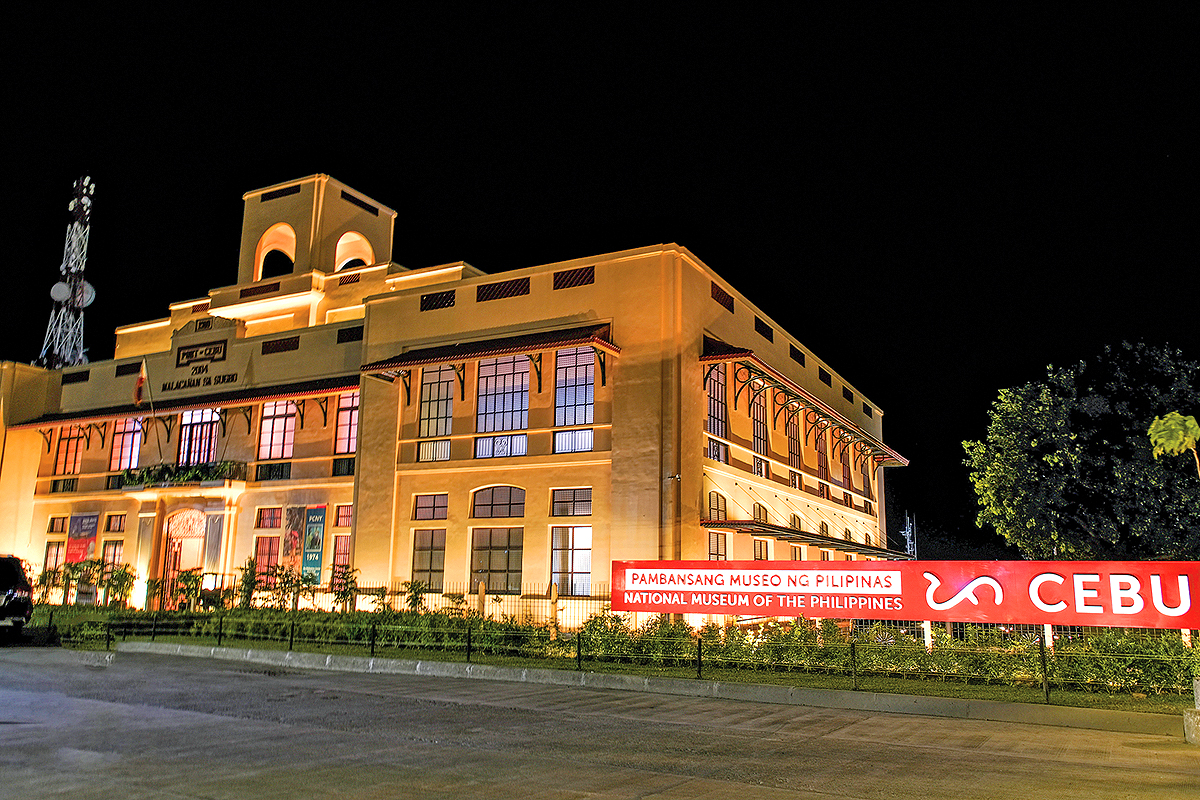
Pride of Cebu
By Eva Gullas
photos courtesy of DOT

Cebu City Tourism’s Neil Odjigue, Cembeth Hortillano and CCTC Chairperson Joy Pesquera

Museum Director Jeremy Barns, Maryanne Arculli, Andronik Aboitiz and wife Doreen, Amanda Luym

Some of the abstract art from the New York collection

Writer Eva Gullas beside Elmer Borlongan’s Battle of Mactan
Culture
The Uncommon Traditions that Mexicans and Filipinos share when celebrating the Day of the Dead.
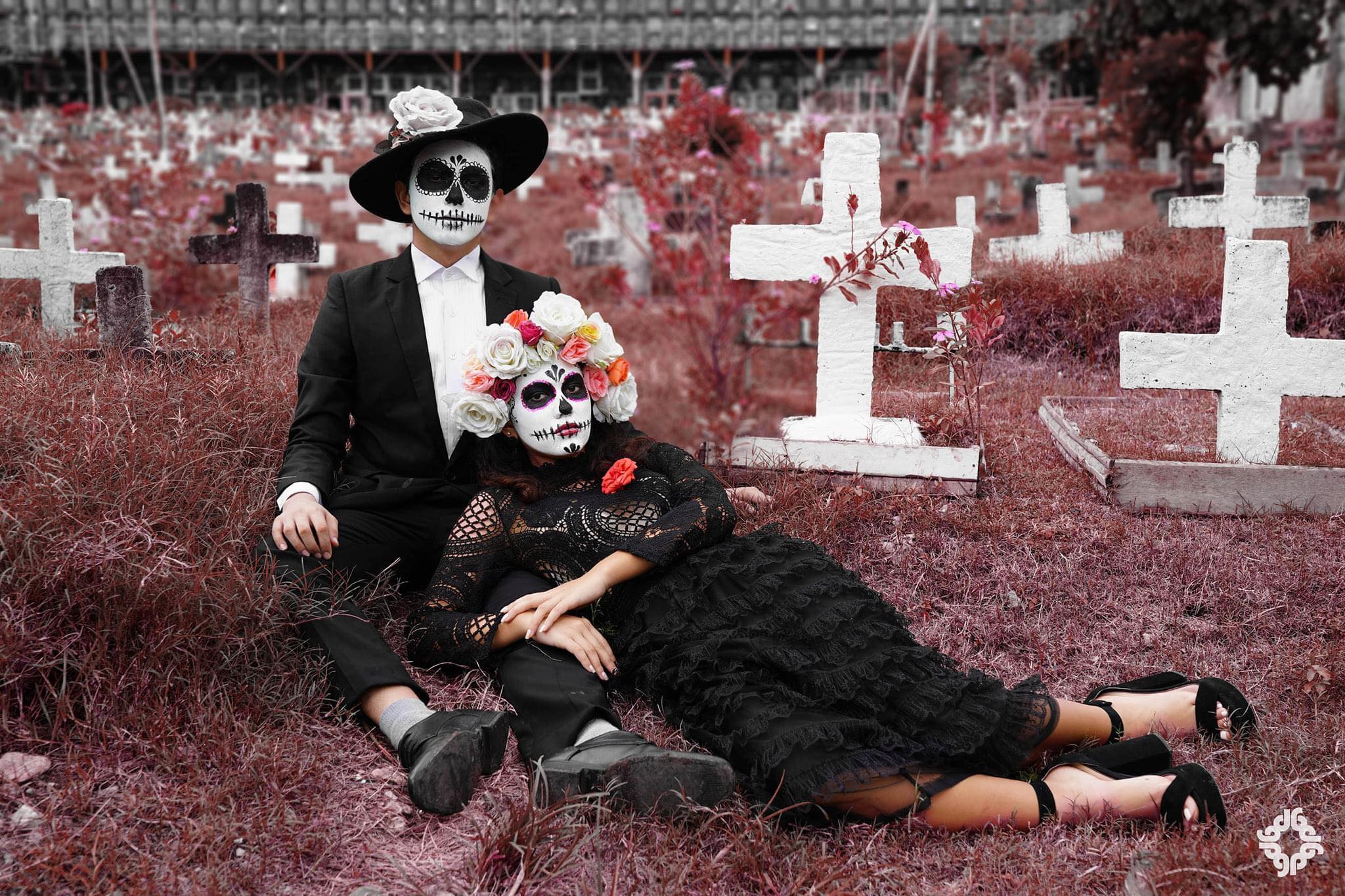
Dia de los Muertos
By Allain Dumon Fonte
The 2nd of November is All Soul’s Day, a holiday that is very important to many Filipinos to remember our loved ones who passed on. This is also widely celebrated in Mexico as “Dia De los Muertos” or in English, “The Day of the Dead”. And Mexicans celebrate the 2nd of November grander than they celebrate Christmas. Well, you can witness it from the Disney movie, “Coco”.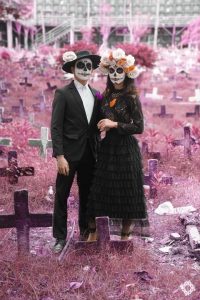
As All Soul’s Day or Dia de los Muertos is about to end, here are some interesting traditions and superstitions that Filipinos and Mexicans share:
1. IT IS NOT ON THE 31st OF OCTOBER
Dia de los Muertos or All Soul’s Day is not practiced on October 31st or on the Hallow’s Eve as many other western cultures practice; but we celebrate it on the 2nd of November. We celebrate November 1st as All Saint’s Day or the Day of the Holy, while in Mexico they call it Dia de los Innocentes or Dia de los Angelitos to commemorate the children who died too early in life.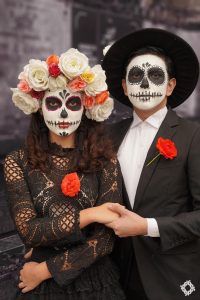
2. THE RITUAL
Both in Mexico and in the Philippines, we visit the grave of our loved ones and we clean it well. This is a ritual to honour their resting places and to let them know that they are never forgotten.
3. FLOWERS INVITE SPIRITS
In Mexico, they believe that the scent of flowers attract spirits. So the flower offerings are invitation to their dead loved ones to visit the living families. While in the Philippines, we believe that flowers offered to the dead exalt the souls and somehow fill in the sadness that we feel when missing our dead loved ones.
Most of the time, Filipinos choose all-white flowers to offer because white is the absence of colour, which means the absence of Joy and happiness. White also symbolises purity of soul which we hope our dead loved ones will attain as they journey to heaven. While in Mexico, they have the yellow Mexican marigolds as the official flowers of the dead that will guide them in their journey to the afterlife.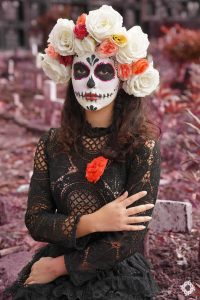
4. THE LEGEND OF THE MONARCH BUTTERFLIES
Both cultures believe that monarch butterflies are dead loved ones who visit us and show their appreciation that we have not forgotten them. A presence of monarch butterflies also means that our dead loved ones are always there guiding us and looking after us.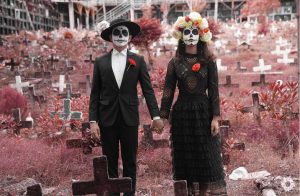
5. A PICNIC IN THE GRAVEYARD
Spending a night at the graveyard and picnicking with the rest of the family may sound very creepy to many; but to both Filipino and Mexican cultures, picnicking and spending a night at the cemetery is a must to show our love to our dearly departed. It is the only time in the year that families gather and tell stories of the dead loved ones and how colourful or how great their lives were.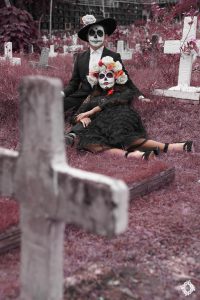
6. FOOD FOR THE DEAD
In Mexico, they have what they call “ofrendas” or an altar where the pictures of their dead loved ones are displayed and offered with flowers, candles, and their favourite food. Very similar to the Filipino culture of cooking the favourite food of our dead loved ones and everyone in the family enjoys the food for dinner.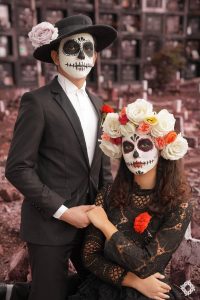
My family tradition involves me driving all the way to Colon street and buy that famous Snow Sheen’s “pancit canton”. This is my granddad’s favourite snack. Sadly, the old Visayan Restaurant is no longer there. My late uncle and my late grandpa love their sweet ad and sour fish. We also set up an “ofrenda” on their graveyard and eat their favourite food while picnicking in the cemetery. We do not spend a night in the cemetery; but while we are picnicking there, we usually play the songs of Pilita Corrales and Susan Fuentes that my late grandpa used to listen every afternoon while enjoying his coffee, pan de sal, and pancit canton.
What about your family traditions? Share your thoughts by commenting to this article.
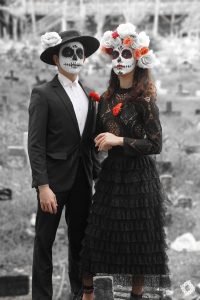 MODEL: Michael Joseph Mortola Enriquez & Alexis Wingfield
MODEL: Michael Joseph Mortola Enriquez & Alexis Wingfield
PHOTOGRAPHER: Gianne Paolo Anciano
HMUA/DESIGNER: Hazel Ocaba
STYLING: GPA Lifestyle + Clothing
Culture
Catch Ted Lasso the Emmy Award Winning Comedy Series on Apple TV+

Rating: *****/ *****
The multi award–winning comedy series airing on Apple TV+ is one of my favorite shows. Ted Lasso starring Jason Sudeikis is about a fun good-natured American football coached hired by a British soccer club (AFC Richmond in London) to become their new coach. In spite of the fact that Ted has no experience or knowledge about British football/soccer, his positive demeanor and charm helps him overcome the animosity of the team’s players, staff and fans. Eventually Ted wins over the team and the locals as they fight for position in the English Premier League.

The show won the 2021 Primetime Emmy Award for Outstanding Comedy Series and 7 Emmy Awards in its 2 seasons and Season 3 is just around the corner. You can catch Seasons 1 & 2 of Ted Lasso on Apple TV+
-

 Fashion2 months ago
Fashion2 months agoThe Qipao As Interpreted by Innovative Filipino Designers: JC BUENDIA
-
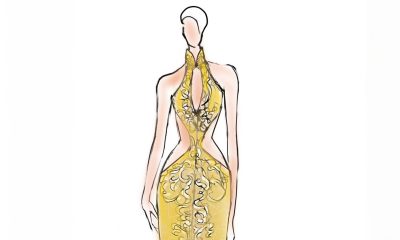
 Fashion2 months ago
Fashion2 months agoThe Qipao As Interpreted by Innovative Filipino Designers: PHILIP RODRIGUEZ
-

 Fashion2 months ago
Fashion2 months agoThe Qipao As Interpreted by Innovative Filipino Designers: PROTACIO EMPACES
-
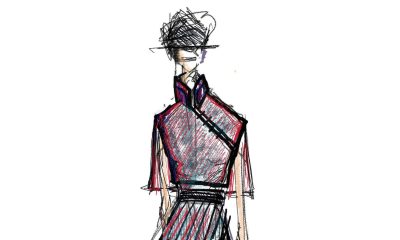
 Fashion3 months ago
Fashion3 months agoThe Qipao As Interpreted by Innovative Filipino Designers: EDWIN AO
-

 Fashion2 months ago
Fashion2 months agoThe Qipao As Interpreted by Innovative Filipino Designers: VIC BARBA
-
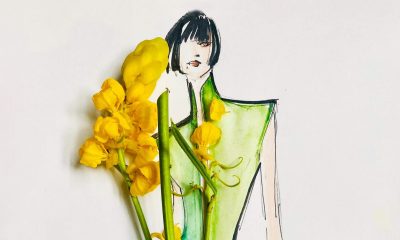
 Fashion3 months ago
Fashion3 months agoThe Qipao As Interpreted by Innovative Filipino Designers: RAJO LAUREL









You must be logged in to post a comment Login